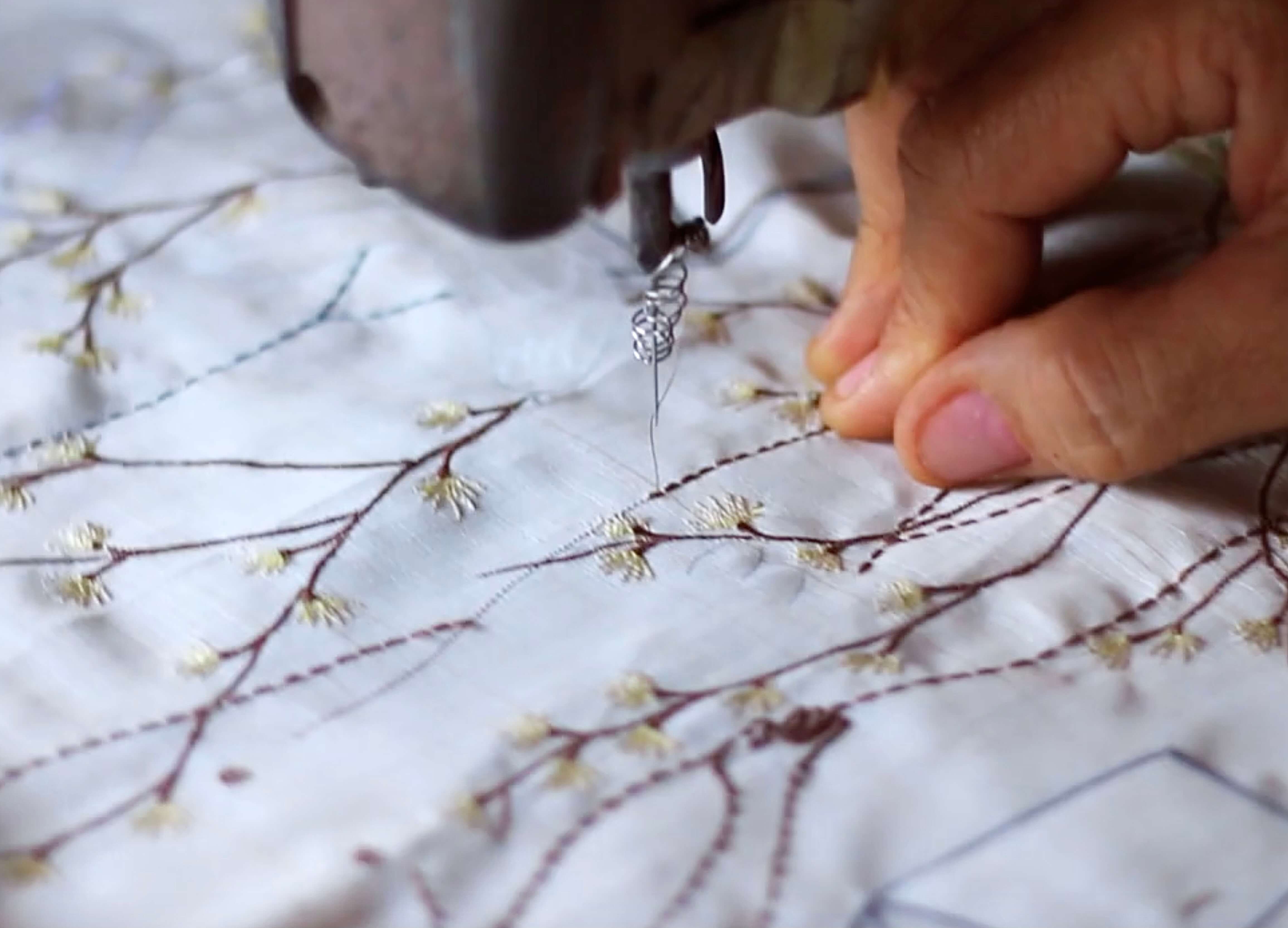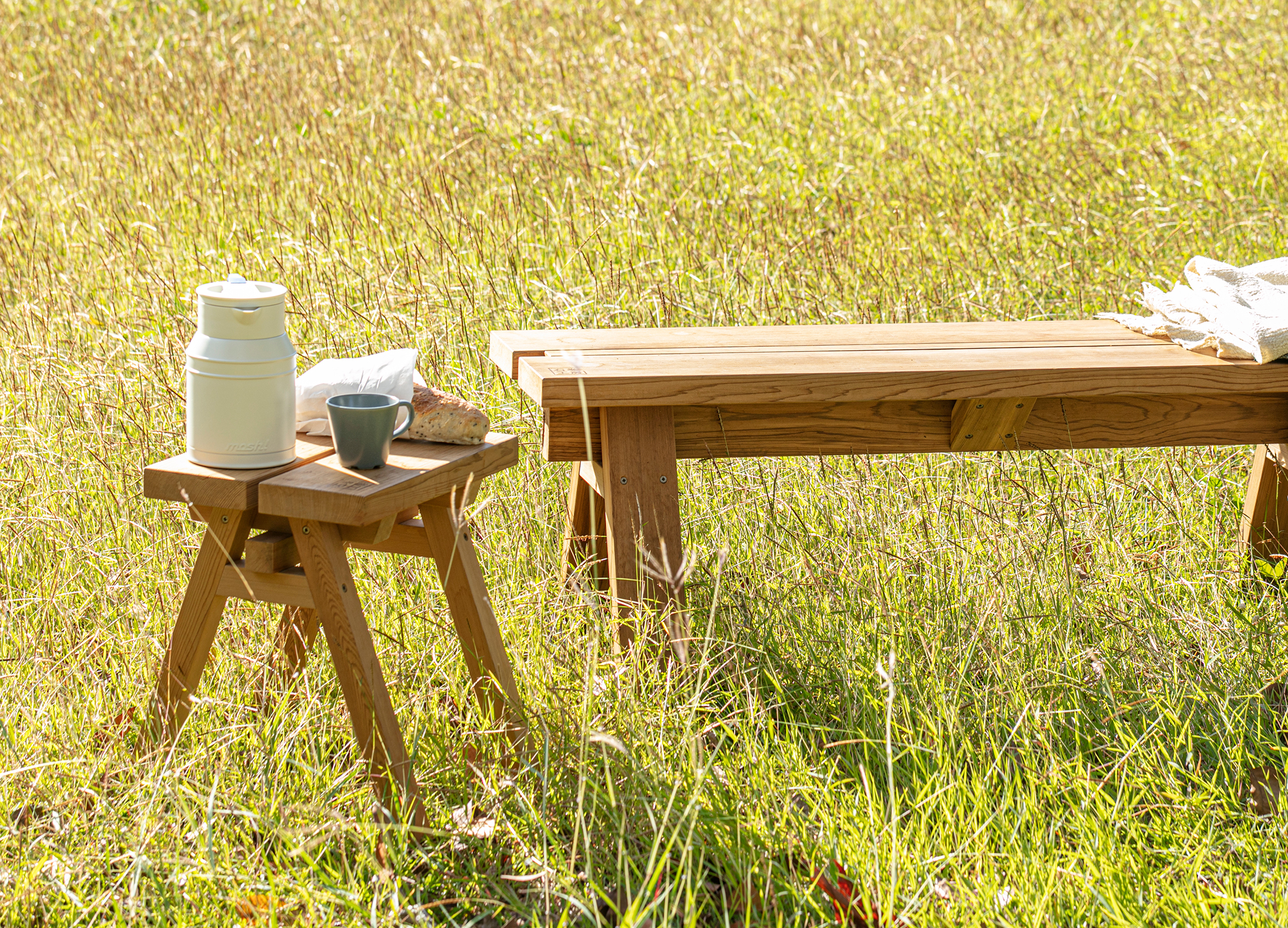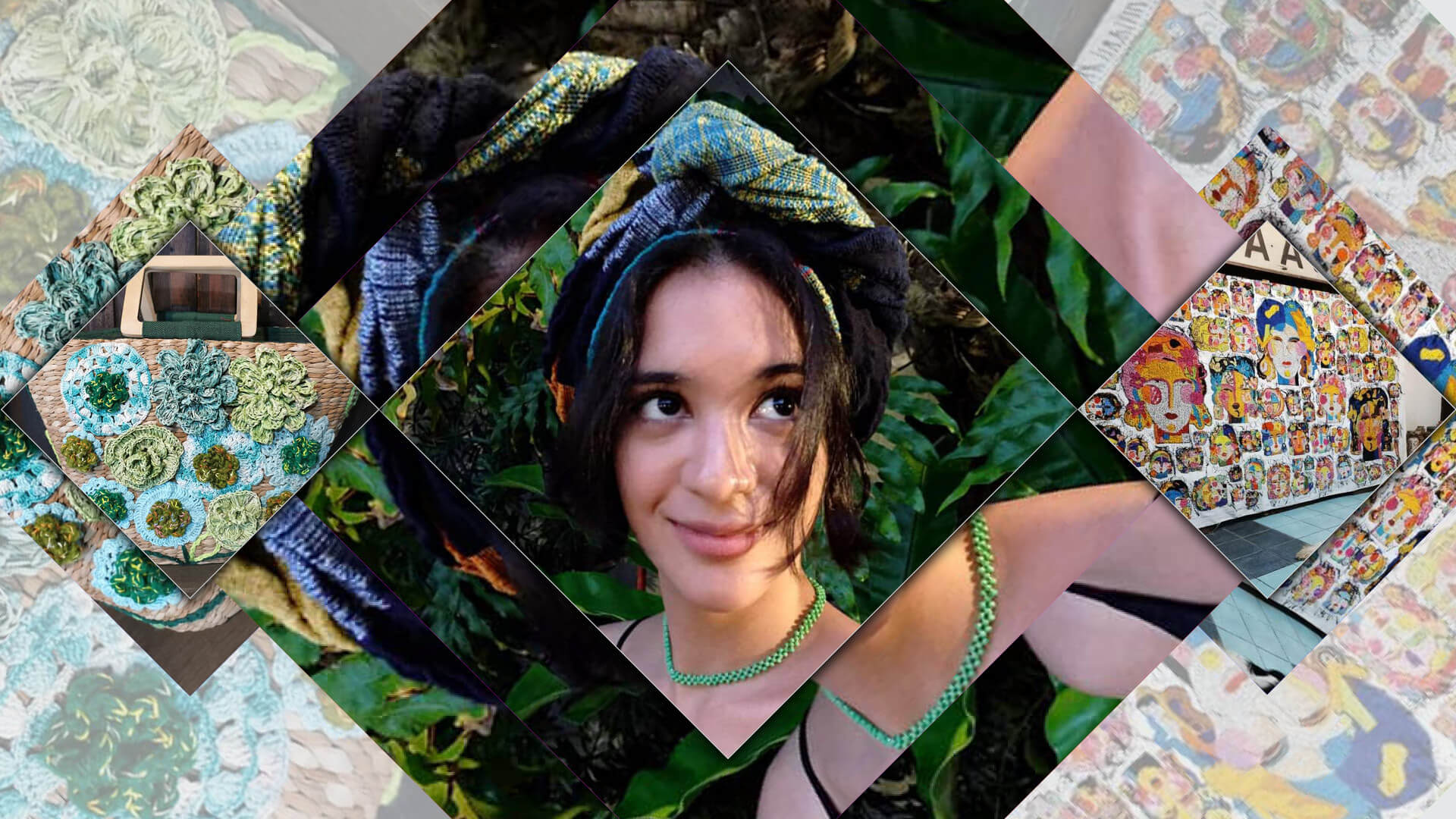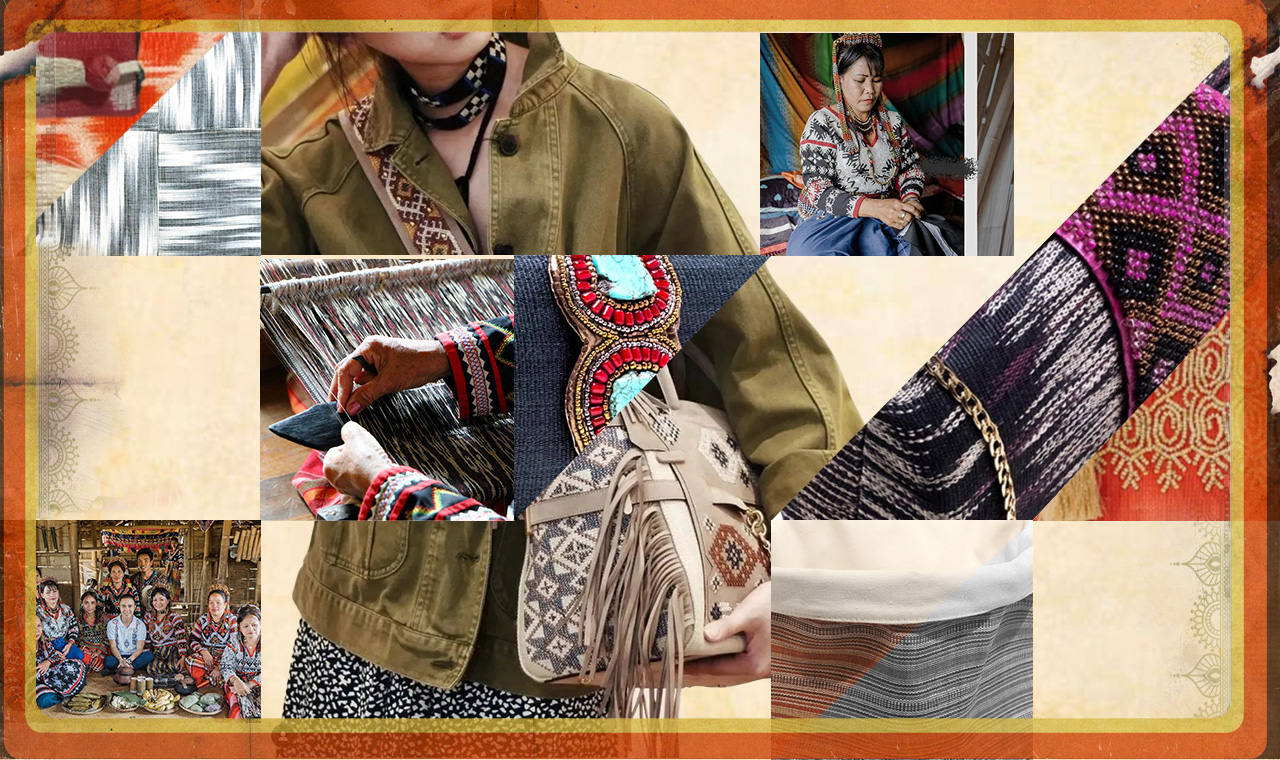
Weavers of Dreams: A Deeper View Into T’nalak
Dreams according to the hit series Shantaram, are our fears and wishes meeting each other.
Perhaps our dreams begin within the safe confines of our post-colonial homes and are explained by the pre-colonial T’Boli tribe in South Cotabato who weave a cloth called T’Nalak, a holy fabric woven by their women. It is documented in poems, stories, and news items that the patterns of these cloths are culled from the dreams of women in the tribe on abaca fiber—a leaf composed of long structured cells. These fibers have provided livelihoods to tribal communities since time immemorial.
This tribe’s women’s dreams are said to be inspired by the goddess they call Fu Dalu, who lords over the very abaca fibers in which they record their sleeping visions. You find such weaves in T’nalak Home that render dreams in weaves that come in T’nalak Elena Yellow, Elena Red, Elena Orange, and Elena Blue, among other more modern iterations that include black and khaki.

As weavers of dreams ourselves, we perhaps live in a world between fear and wish, and it is only in dreams that both create a seamless weave. Our rational minds might wake up in the morning and try to find a meaning in this counter-intuitive union, but perhaps it is only in dreams that we allow ourselves to find a perfect marriage between both, without actually needing to come into any sort of meaning or conclusion. Perhaps these cloths remind us that there is such a thing, and such a space, where we can find peace without coming into any kind of certainty. We piece this beautiful contrast into a perfect union of thread and color when we come upon our waking world.
It can be argued that this complete acceptance of life’s ambiguities first started as the Filipino’s pre-colonial mind, existing as it did without the imposition of faith and predestination imposed by our western colonizers. It can also be argued that dreams were our first and most true and unguarded faith.
Below, a few examples of how T’nalak is used in modern Philippine Design
1. Cushion Covers
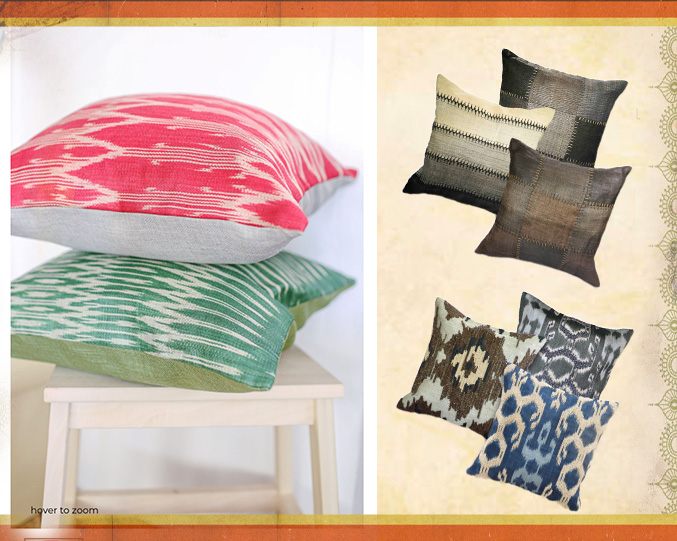
Discover more from Tadeco Home here.
Discover more from Malingkat Weaves here.
2. Home Decor

Discover more from Tadeco Home here.
Discover more from T’nalak Home here.
3. Fashion
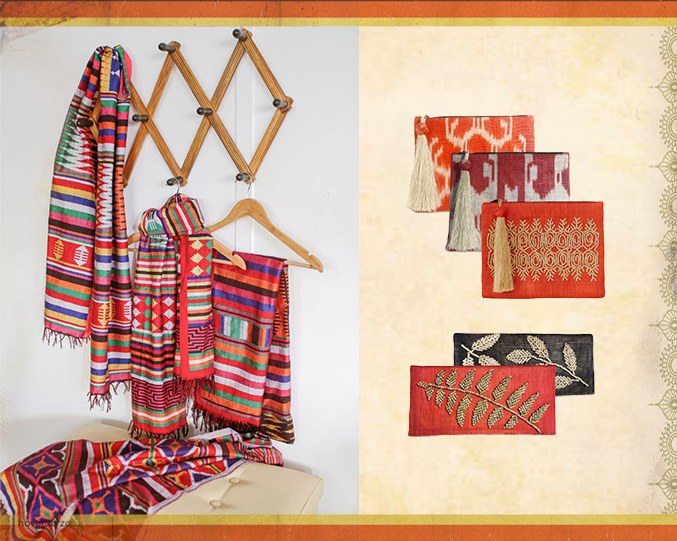
Discover more from Malingkat Weaves here.
Discover more from T’nalak Home here.


